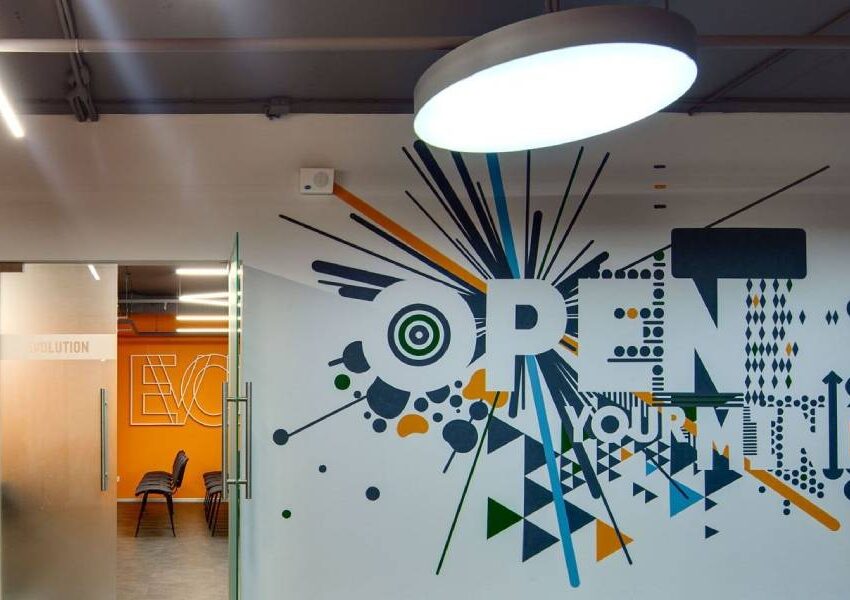Have you ever wondered why commercial plastic recycling works extremely well while residential recycling programs typically fail? Figure that out and you will also have the solution to the residential recycling quandary. Here is a little hint: sorting and clean design. The two principles are key to successful plastic recycling.
For the purposes of this post, the recycling discussion will be limited to industrial and residential plastics. We successfully recycle other materials like wood, paper, etc. It is plastic that gives us such fits. But it doesn’t have to. If we can nail down sorting and clean design, we can successfully recycle all sorts of consumer plastics.
-
User Level Sorting
The most visible difference between commercial and residential plastic recycling is in the sorting of recycled materials. Seraphim Plastics is a Tennessee company that recycles industrial scrap plastic in seven states including Missouri, Kentucky, and Arkansas. They require that all scrap plastic they buy be already sorted.
When Seraphim sends a truck to pick up a load of plastic totes, they know that’s all they will get. The customer has set aside the totes and kept them separate from other waste materials. That way, the Seraphim team doesn’t have to do anything but pick up the load, take it back to their facility, and send it right to the processing line.
By contrast, residential plastics have to be sorted by type. There is no efficient way to do this by machine. Therefore, it is a labor-intensive and costly exercise. Sorting is the number one reason municipal recycling programs fail. It is too expensive to make it worthwhile.
-
Encouraging Residential Sorting
In the UK, local communities are attacking the sorting problem with something known as extended producer responsibility (EPR). The EPR scheme puts the financial responsibility for sorting and recycling on product manufacturers. This gives manufactures an incentive to come up with ways to encourage customers to do their own sorting at home.
Multiple UK communities have proven the principle works through voluntary sorting and collection program instituted by coffee companies. Consumers are sorting their single-use coffee pods at home. Those pods are being picked up and kept separate from other recycled materials.
-
Clean Product Design
Seraphim says that another thing that makes their business so successful is their commitment to accepting only clean plastics. By clean, the company means plastics that are not mixed with any kind of contaminants. A contaminant could be anything from a paper label to a chemical residue.
There is another aspect to clean plastics: clean design. What is clean design? It is a method of designing plastic products so that they don’t contain materials that would make them too hard to recycle. For example, mixing plastic and aluminum in a single-use product would make recycling more costly and less efficient.
Even mixing multiple types of plastic in a single product makes recycling more difficult. It is best when manufacturers use one plastic type and keep everything else out of the equation. The previously mentioned plastic totes are a great example.
-
Easy and Cost-Effective
Consumer level sorting and clean design make plastic recycling easy and cost-effective. Likewise, that makes recycling attractive to companies like Seraphim Plastics. As things currently stand, Seraphim doesn’t deal in any residential plastics. Perhaps they would if the sorting and clean design problems were solved.
The concept of recycling plastic is a good one. Successful industrial plastic recycling proves it can work. At the residential level, we just have to change the way we do things to make recycling worthwhile. There is no reason we can’t make it work if we really want to.







